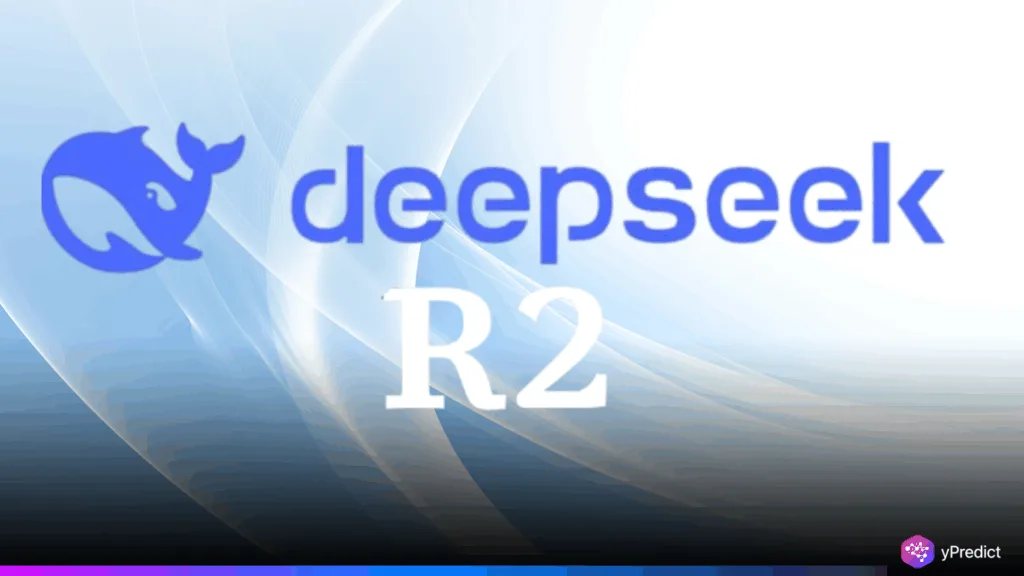
The chatter around the DeepSeek R2 release date has been intense lately. However, from what’s coming out of the development team, Liang Wenfeng isn’t happy with where the model stands yet. The engineers are still pushing on performance tweaks before it’s ready for prime time. That shuts down the latest August 15–30 predictions floating around
Leaked Specs And Performance Claims
The leaks keep feeding the hype. If they’re accurate, DeepSeek R2 has 1.2 trillion parameters total, with 78 billion active per token. It’s running a hybrid Mixture-of-Experts 3.0 setup trained on 5.2 petabytes of data. It will be at a cost of 97% lower than GPT-4o. The rate will be $0.07 per million input tokens, $0.27 for output. The unverified benchmarks paint a picture of a model hitting 89.7% on C-Eval 2.0 for reasoning, over 92% on COCO for vision, with strong multilingual reasoning and serious code generation chops across 30-plus programming languages.
Hardware Ambitions And Practical Challenges
DeepSeek R2 is built to run on Huawei’s Ascend 910B chips. It claims 82% utilization and 512 PFLOPS FP16, around 91% of what an NVIDIA A100 cluster can do. But real-world training has been messy. Engineers have been dealing with stability problems, crashes, and bottlenecks that make multi-week training runs almost impossible on Ascend hardware. The solution so far has been to split workloads. NVIDIA for training, Ascend for inference. That’s a big step back from the vision of full domestic chip reliance.
Manufacturing Limits And Software Gaps
Huawei has sent teams on-site to troubleshoot, but the deeper problem might be structural. The Ascend 910B yield rate at SMIC is reportedly just 20%, hampered by older manufacturing gear and U.S. export controls. On the software side, Huawei’s CANN platform lags far behind NVIDIA’s CUDA in stability, maturity, and developer support, making the development process harder than it needs to be.
Strategic Stakes For China’s AI Independence
In practice, NVIDIA still dominates China’s chip power. It is present in work at companies like ByteDance, Tencent, and Alibaba. With GPT-5 in the pipeline and Meta openly scrutinizing DeepSeek’s models, every month of delay matters.
There’s no new timeline for the DeepSeek R2 release date, and the sense is that it won’t ship until Liang is convinced it meets the standard he’s set. The hybrid training approach looks like the only workable option for now, unless there’s a breakthrough in Ascend’s stability or yield. That means any big deployment might even happen outside China if hardware access becomes the deciding factor.
DeepSeek R2 is shaping up to be a case study in the tension between technical ambition and the limits of current hardware reality. The specs and cost advantages could be a breakthrough, but the development story so far shows how hard it is to deliver when the underlying chip ecosystem isn’t fully ready. In that sense, it’s not just about one model. It’s a small window into the much larger competition between NVIDIA-powered ecosystems and the push to build alternatives.






